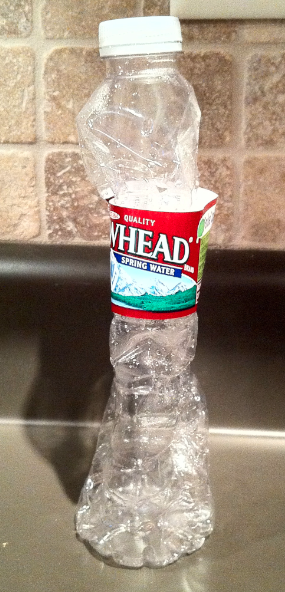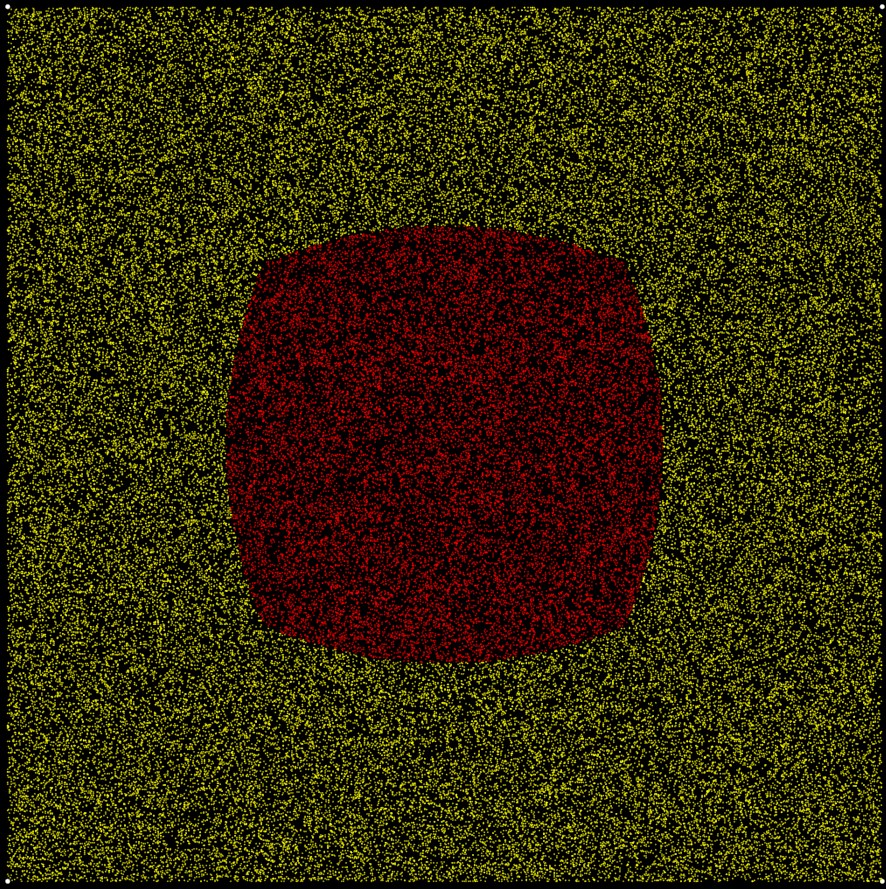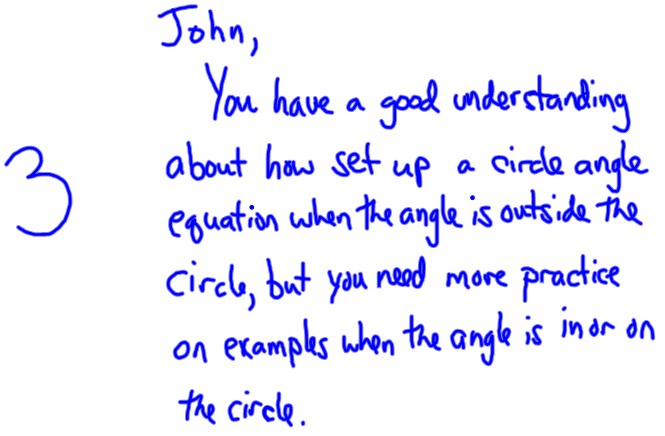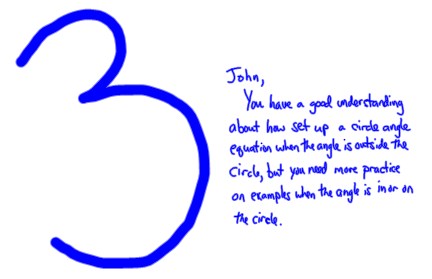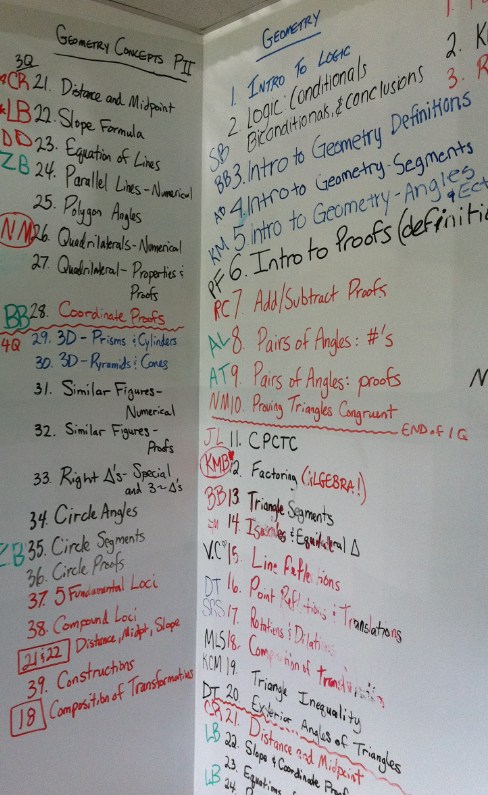Act 1
View from Pikes Peak:
 On a trip out west with my wife, we took a trip up to the top of Pikes Peak by Colorado Springs. I’m calling this post Altitude Sickness because despite having this post in mind when we went up, I didn’t take the one picture that I wanted to take. Idiot. Nincompoop. Sigh. Lets move on. Here is a very similar picture (from wikipedia) to the one I wanted to take:
On a trip out west with my wife, we took a trip up to the top of Pikes Peak by Colorado Springs. I’m calling this post Altitude Sickness because despite having this post in mind when we went up, I didn’t take the one picture that I wanted to take. Idiot. Nincompoop. Sigh. Lets move on. Here is a very similar picture (from wikipedia) to the one I wanted to take:
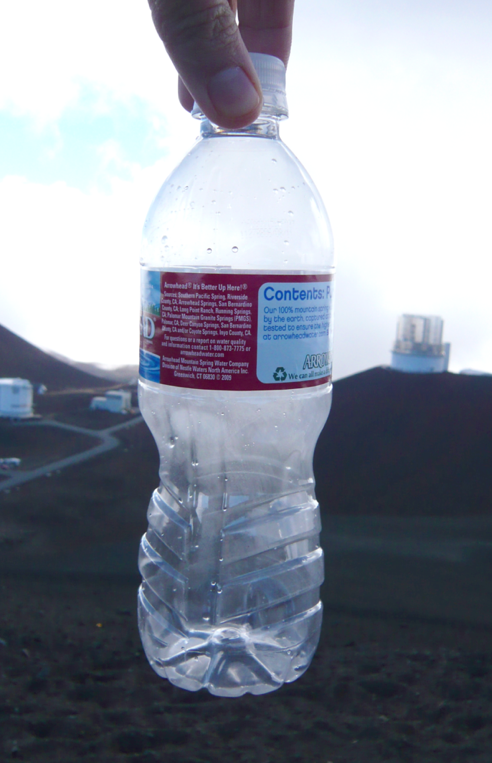
At the top of Pikes Peak I sealed a very similar water bottle. Pikes Peak is 14,110 ft tall. I took the water bottle back home and here is a picture of the water bottle.
So. What altitude am I at right now?
Act 2
You’ll need the following bits of information to solve.
-
Whereis pressure, and
is volume.
-
is pressure,
is the pressure at sea level (101,325 pascals), and
is the altitude in meters.
- The volume of the crushed (by air) bottle is 395 mL (using Archimedes’s water displacement method and the fact that 1mL of water = 1g of water. Video of measurement found here.)
- The volume of the bottle is 555 mL.
Act 3
The pressure-altitude formula is used twice. Once to get the air pressure at the top of Pikes Peak. This information can then be used to find the air pressure for my current location. Then you need to buy tadalafil in UK solve for h in the pressure-altitude formula to find the current altitude. The answer ended up being 162m, while the internets puts me at 91.4m of altitude. Not too shabby! Pretty damned good if you ask me.
Tweaks
- Take the right picture at the top of Pikes Peak.
- Keep the bottle crushed (I had to open it up back at home to get the volume of an uncrushed bottle).
- Get an identical bottle for comparision.
- … (any more)
Questions
- Is the question: “What altitude am I at right now” legit? Do you think this question is natural to the students? I’m sure there’d have to be some explanation given to why the bottle gets crushed. But will this question come up? Give me your best read.
- Should I keep the height of the mountain hidden so that what the student solves for? This seems better, but please you tell me what you think.
- Is it helpful to bring in both bottles to class, the crushed one and the non-crushed one?

